Pollinators
All Pollinators Content
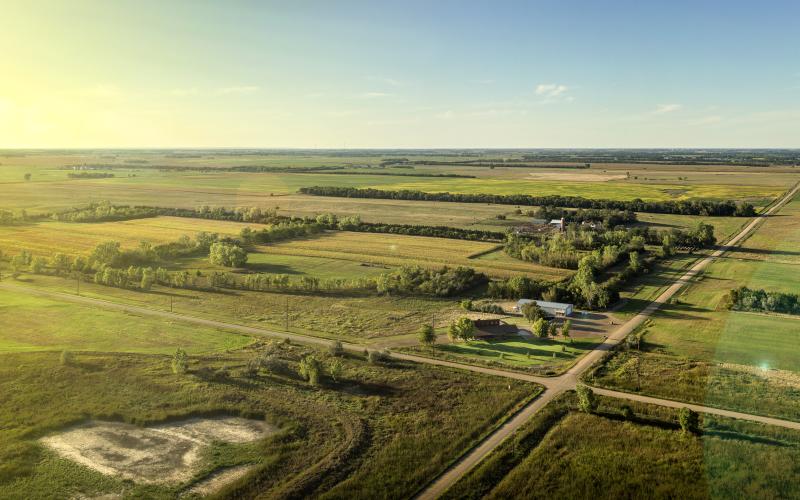
Crops
During the growing season, SDSU Extension provides weekly production recommendations.

Rangeland Wildflowers: Their Value to Livestock and Pollinators
Native wildflowers and shrubs are critical to providing a wide array of services that increase the resiliency of rangelands, provide pollinator habitat, and contribute to livestock nutrition.
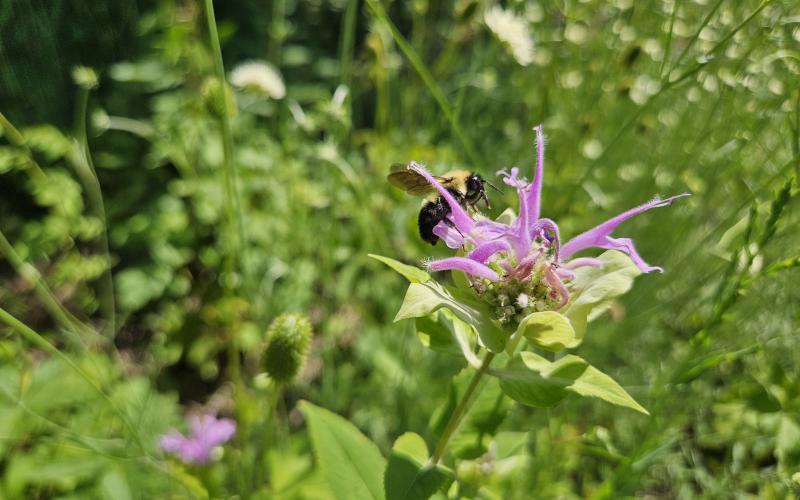
Managing Forests for Pollinators
Fact sheet on the importance of managing Black Hills forests for pollinators.
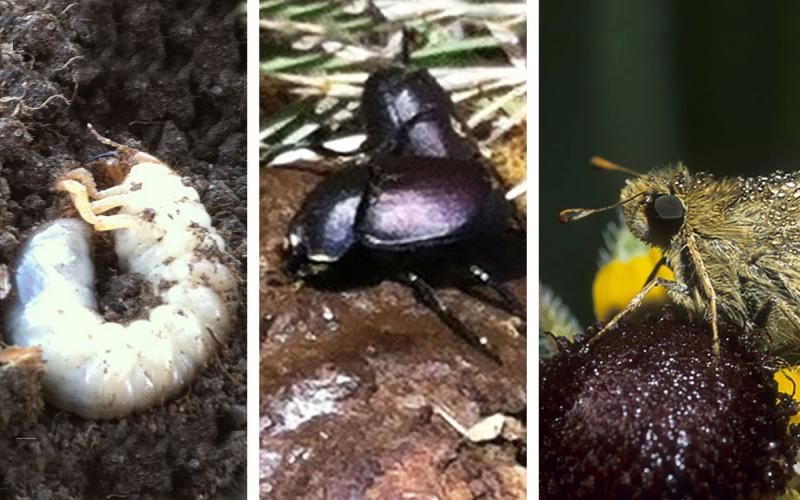
Rangeland Insects Are Critical Indicators of System Health
Insects, in general, may offer more indication of rangeland health than any other type of organism. They serve as key building blocks that other organisms depend on.
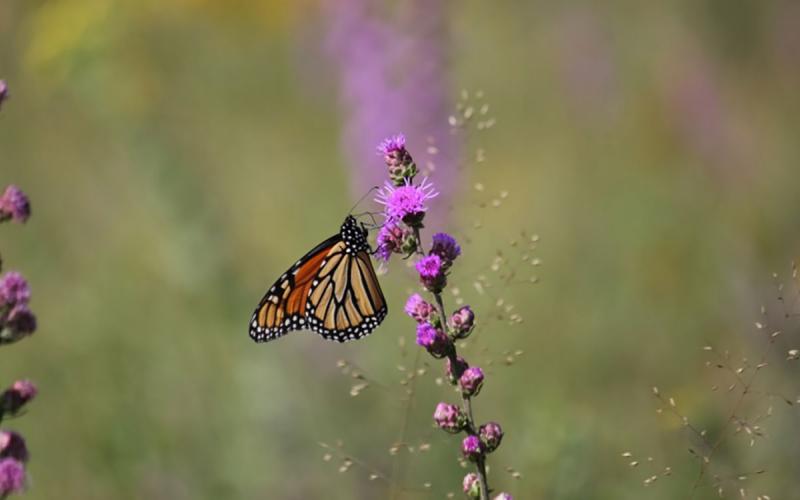
Understanding the Critical Role of Broadleaf Pollinator Plants in Pastures
Understanding the economic role of pollinators is the first step towards understanding their value to grassland and crop systems.

Partnerships Are Keys To Preventing Endangered Species Impacts
South Dakota’s farmers and ranchers have significant influence on the management of our state’s natural resources, especially grasslands and the species that inhabit them. These species remind us of the importance of natural resources management for the greater good.
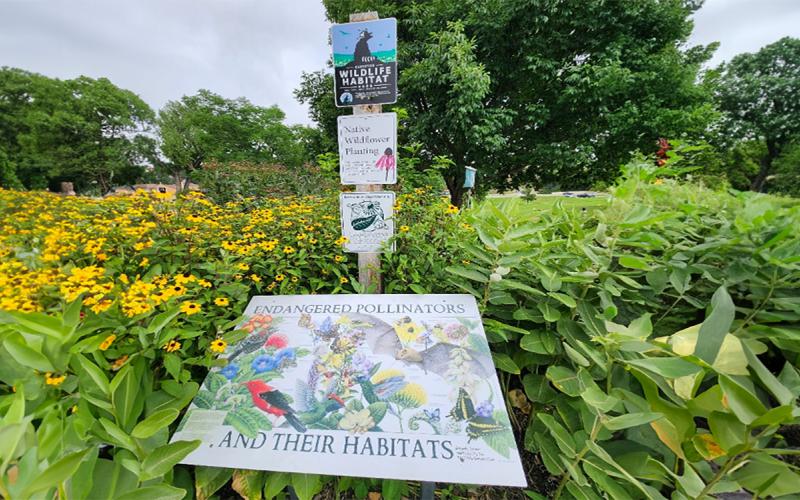
Funding Opportunities for Small-Scale Pollinator Habitats: A Guide for Urban and Home Garden Projects
Urban habitats are essential for providing food, shelter, and breeding grounds for important pollinators. Learn about some of the many funding opportunities available for urban pollinator habitat projects of all sizes and scopes.
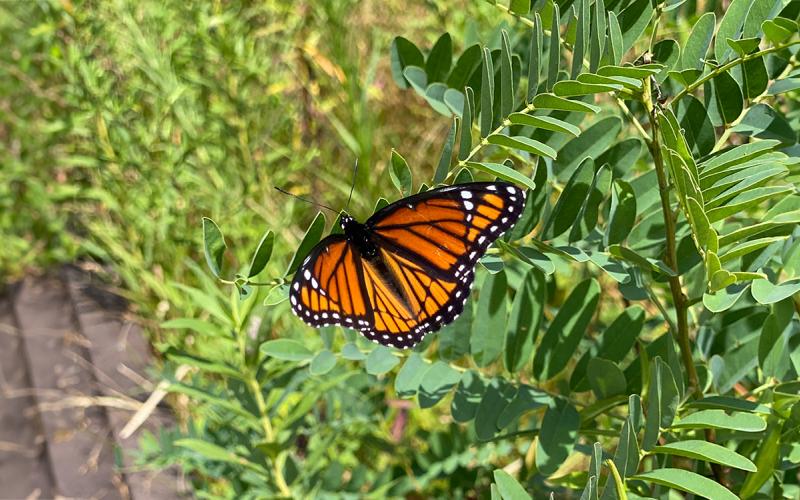
Generalist Host Plants in South Dakota
Many butterflies and moths are generalists, meaning that their larva can use a variety of host plants as food. Learn about some of the best host plants you can grow in your yard to support butterflies, moths, and everything that relies on them!
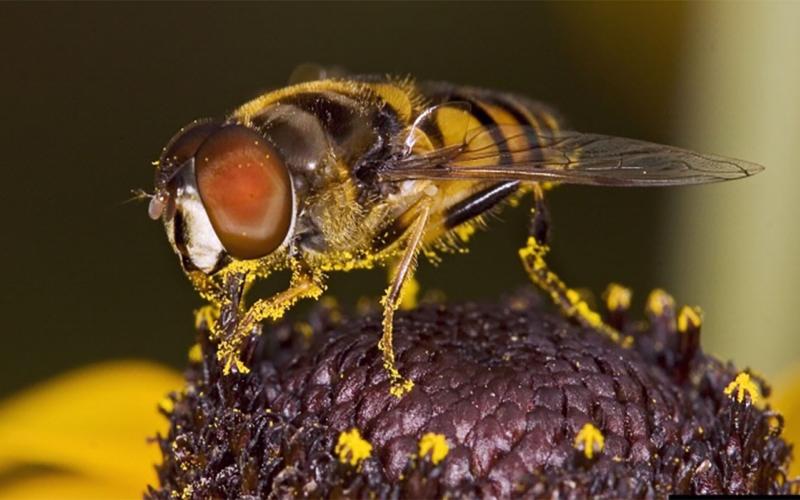
It’s a Bee! It’s a Wasp! No, It’s a Hover Fly!
Many types of insects are responsible for some degree of pollination in landscapes. In this article, we will focus on the syrphid fly as both an important pollinator and a beneficial insect predator.
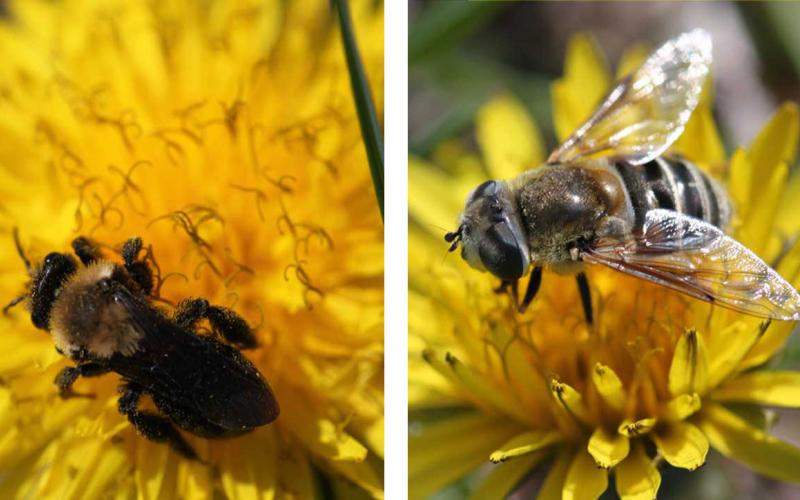
Should I Get Rid Of My Dandelions?
While there is much appeal to having a lawn that is free of other plants, there can be benefits. Some weeds that are sprayed out of lawns, including dandelions, can serve as early-season food sources for pollinators.